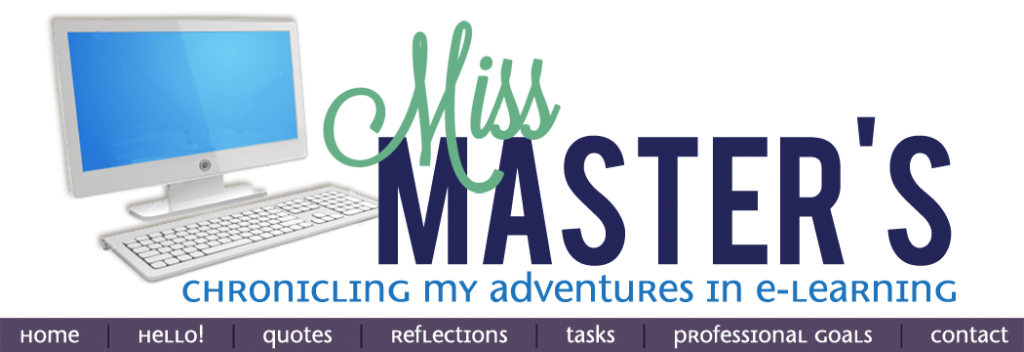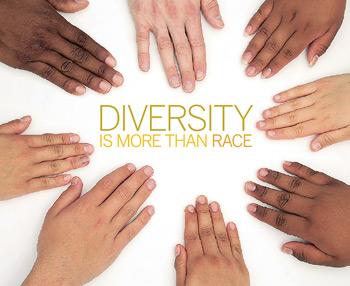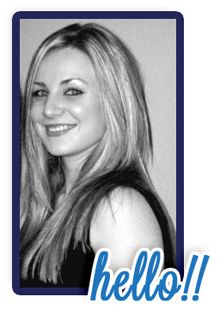One hope that you
have when you think about working with children and families who come from
diverse backgrounds (any format and any length)
I hope, and it is my conviction that I will do all that I
can do in order to ensure that all children and families within my care and
classroom feel as though they are respected, seen and valued. I want to ensure
that I create partnerships with families so that together we can meet the needs
of every child.

 One goal you would
like to set for the early childhood field related to issues of diversity,
equity, and social justice (any format and any length)
One goal you would
like to set for the early childhood field related to issues of diversity,
equity, and social justice (any format and any length)
As a result of the learning I have gained from the past
eight weeks of this course and through my learning within this program in its
entirety, I understand and appreciate the need to teach diversity and
anti-biased education in a more profound way than ever before. A goal that I
have and maintain is the desire to develop a deeper awareness of issues that
involve diversity. As I mentioned in my discussion post this week, a goal that
I have for myself is to remain current and knowledgeable through professional
development and my own study. In my first diversity course, I reflected and
realized that to me, culture was based solely on a person’s race. I have
discovered and now have a deeper understanding that diversity encompasses much
more.

A brief note of
thanks to your colleagues
I want to thank you all for a great eight weeks of learning
and professional growth. I wish you all much success in all of your future
endeavors, and hope that our paths cross again. Thanks!












